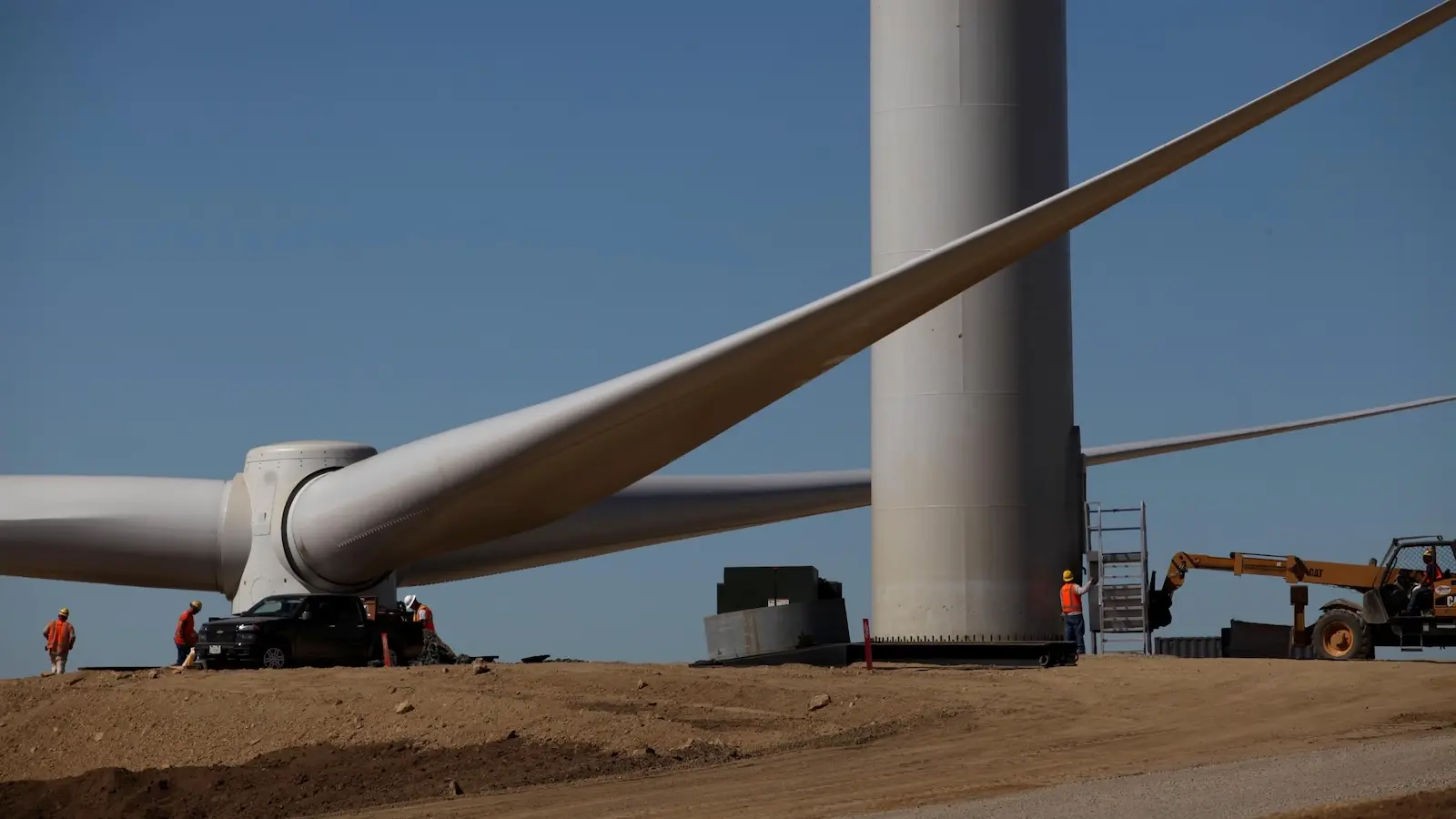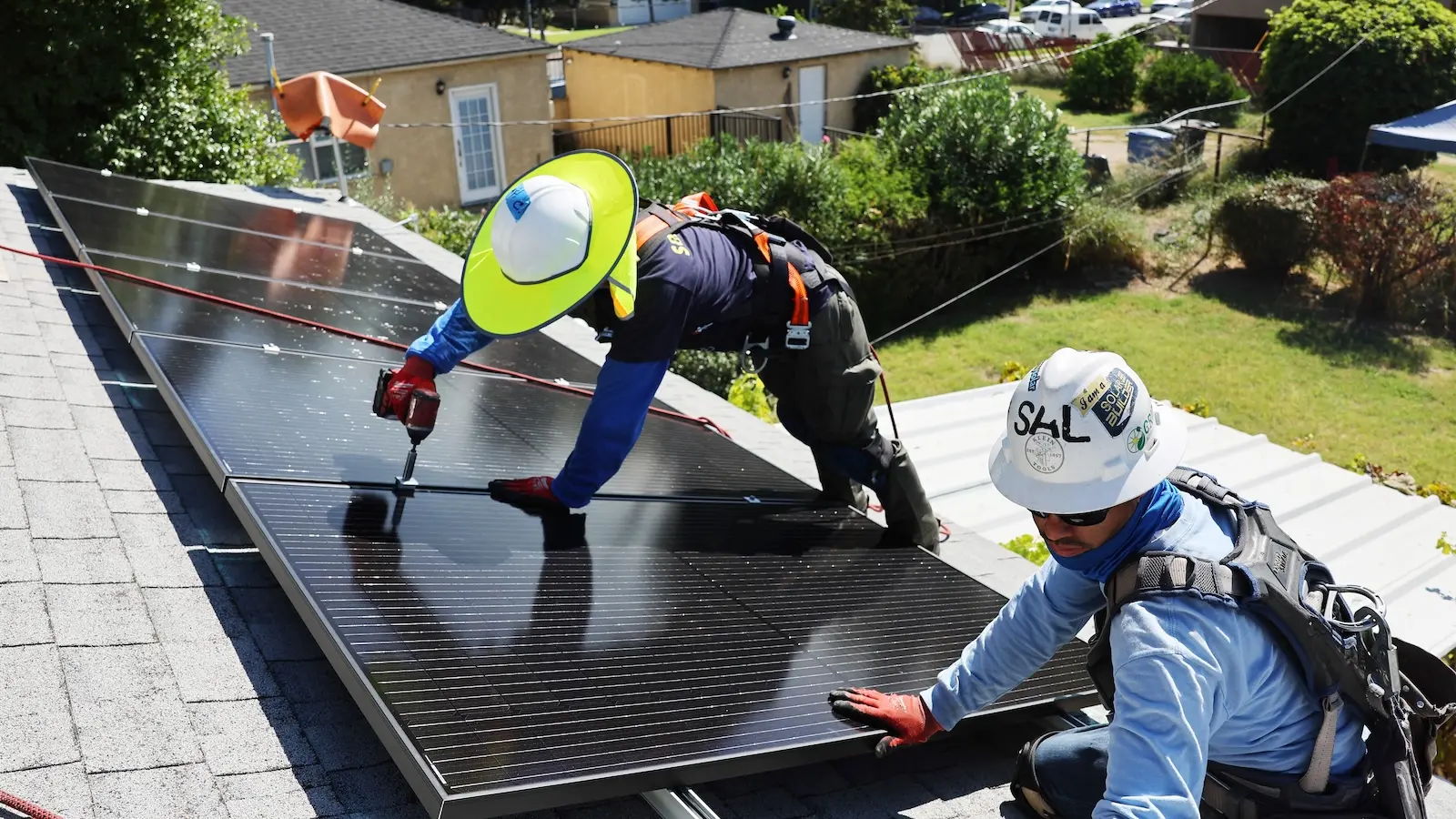This story was originally published here. CalMatters.
California’s utility regulators adopted new rules for community solar projects on Friday. This despite warnings from clean energy advocates that this would actually undermine efforts to expand solar power options for low-income customers.
The state’s largest utility companies defended the new rules.
Community solar projects are typically small, local solar arrays that can serve renters and homeowners who cannot afford to install their own rooftop solar panels. It’s part of the state’s overall strategy to ultimately run its power grid entirely on renewable energy.
The California Public Utility Commission’s 3-1 ruling preserves and expands a program that allows any ratepayer to join a project pool and receive a 20% rate reduction, said Commission Chairwoman Alice Reynolds. But it also reduces future compensation for solar providers and residents.
The Commission calculates the benefits derived from distributed, small-scale solar power projects that provide a “service” by sending clean energy to the grid and serving nearby communities, thereby reducing transmission costs. Solar power developers are compensated for the value of the benefits their projects provide.
Inside California’s oil city’s plan to break up to survive energy transition
The formula adopted this week essentially reduces the value of distributed, small-scale renewable energy in the future, providing less incentive to build new community solar projects.
In the near future, grants and incentives to help promote community solar installations will be awarded through the $250 million grant California recently received under the federal Solar For All program.
One of the concerns of solar advocates is what happens after funding runs out and financial incentives for solar power evaporate.
“The foundation of a sustainable program should not be built with one-time funding,” said Derek Chernow, Western Regional Director of the Community Solar Access Coalition.
Although California has been a leader in promoting solar energy and advocating for a carbon-free power grid, the state’s efforts to encourage small-scale solar energy projects have been minimal. One example of a missed opportunity that critics point to is the failure to require community solar projects to have battery storage systems that allow power to flow after the sun sets.
“We’re not done here today,” Reynolds said, adding that the program could be modified and improved in the future.

The United States has experienced tremendous growth in solar and wind power over the past decade.
As electricity bills soar for many Californians, she has also been critical of the impact of “cost shifting,” the idea that subsidies provided to community solar projects are borne by all ratepayers. It is this fundamental fairness argument that the Commission has applied to other procedures to justify subsidy cuts.
But changing or reducing subsidies and other incentives for the still-maturating industry would reduce solar installations and ultimately deny low-income taxpayers the benefits of renewable energy, advocates argue. Community access solar programs must ensure that at least 51% of the energy derived from the project is provided to underserved customers.
At the end of last year, Commission revamped incentives This product is for apartment building, school, and business owners installing solar panels. The regulations were one of a series of recent decisions the commission has taken to reduce financial incentives for rooftop solar. At the end of 2022, the Commission will Reduced payments to homeowners This company sells the remaining power from newly installed solar panels on single-family homes.
Advocates have bemoaned California’s lagging clean energy leadership and criticized Gov. Gavin Newsom, who gave a keynote address at the Vatican climate summit last week, for failing to hold the state’s powerful utilities and oil companies accountable.
The council’s community solar decision quickly added to the list of what critics say is a pattern of rollbacks on important renewable energy policies.
“A series of recent decisions by the CPUC threaten clean energy development in California,” the Solar Energy Industries Association said in a statement. “Now is the time for Governor Newsom and state leaders to rule in committee before more damage is done to customers and the state’s clean energy economy.”

Biden’s ‘Solar for All’ provides $7 billion to provide affordable energy to low-income families.
As in previous closely watched decisions, the commission heard from numerous organizations, including the solar industry and environmental justice groups, advocating for a program that would expand access to clean energy and reduce power bills.
There was little public comment at the morning hearing, but at least two state lawmakers spoke out against the proposal. Assemblyman Christopher Ward called the updated proposals “fatally flawed”, noting they were only released this week.
“This does not reflect the intent of the bill,” Ward, a Democrat from San Diego, told the committee, referring to the bill requiring the committee to review the rules. He said an unintended consequence of today’s decision was to hinder new projects.
An aide to Sen. Josh Becker, a Menlo Park Democrat, read a letter from the lawmaker saying experts doubt the policy will expand access to clean energy.
Commissioner Darcie Houck gave extensive remarks outlining several concerns about the decision, including her view that it does not sufficiently benefit taxpayers in low-income communities. Much of her committee members’ objections focused on provisions she said would discourage solar adoption and not allow for a “fair and equitable energy transition.”






